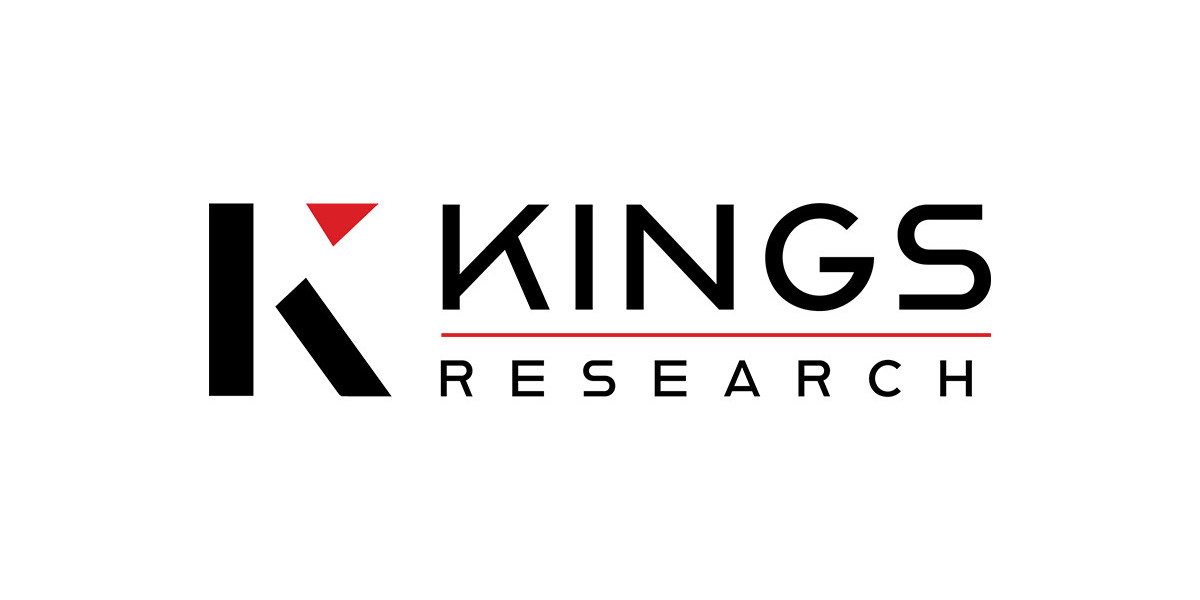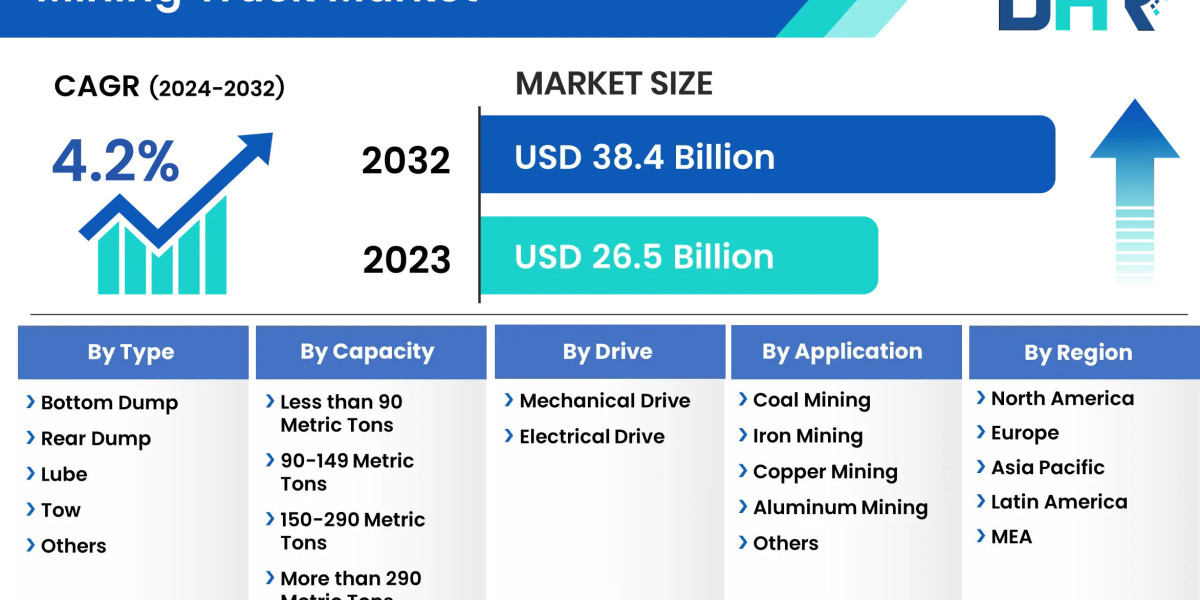Fixed asset check-in and check-out, also known as asset tracking or asset management, are specialised processes used inside an organisation to monitor and handle physical, long-term assets. Fixed assets are often valuable goods that a firm owns and employs to carry out its activities, such as machinery, equipment, cars, computers, or real estate. The check-in and check-out procedures are critical for managing these assets properly throughout their lives.
Fixed Assets Check-In:
In the context of fixed assets, asset check-in is the process of receiving and registering the addition of a new asset to the organization's inventory. It entails documenting pertinent asset information such as the item's acquisition date, purchase price, condition, and location. The following are the major steps in the fixed asset check-in process:
Receipt and Verification:
When a new asset is bought, it is physically received and verified to ensure that it matches the purchase order and is in excellent shape.
Recording Information:
In the asset registry, detailed information about the asset, such as its serial number, model, and any other pertinent data, is entered.
Tagging or Labeling:
Many organisations employ asset tags or barcodes to individually identify and track each item. These tags aid in streamlining the tracking procedure.
The fixed asset check-in procedure guarantees that the organisation has an accurate and up-to-date record of its assets, enabling financial reporting, depreciation calculations, and asset management overall.
Fixed Assets Check-Out:
Fixed asset check-out, also known as asset issuance, refers to the regulated distribution of assets to employees or departments for specified purposes or projects. The check-out procedure assists in tracking who is accountable for an asset, where it is located, and when it is anticipated to be returned. The following are key components of the fixed asset check-out process:
Request and Approval:
Employees or departments make requests for the utilisation of specified assets. To ensure appropriate allocation, these requests may require approval from supervisors or asset managers.
Issuance:
After approval, the asset is released to the asking party. This usually entails changing the asset's status in the asset registry to show that it is checked out.
Monitoring:
The item is monitored while in operation to guarantee adequate care and upkeep. Any problems, damages, or repairs that are necessary are noted.
Check-In:
When an asset is no longer required or the project is over, it is returned or checked in. Its return is shown in the asset registry.
Fixed asset check-out assists organisations in ensuring asset efficiency, maintaining accountability for asset maintenance, and preventing loss or abuse.








